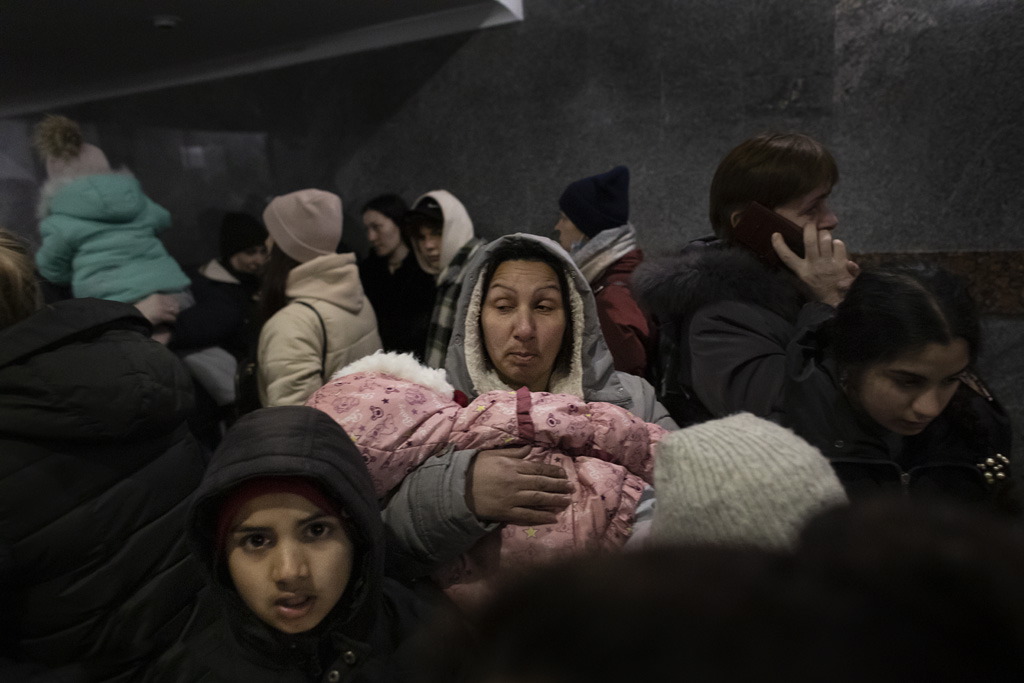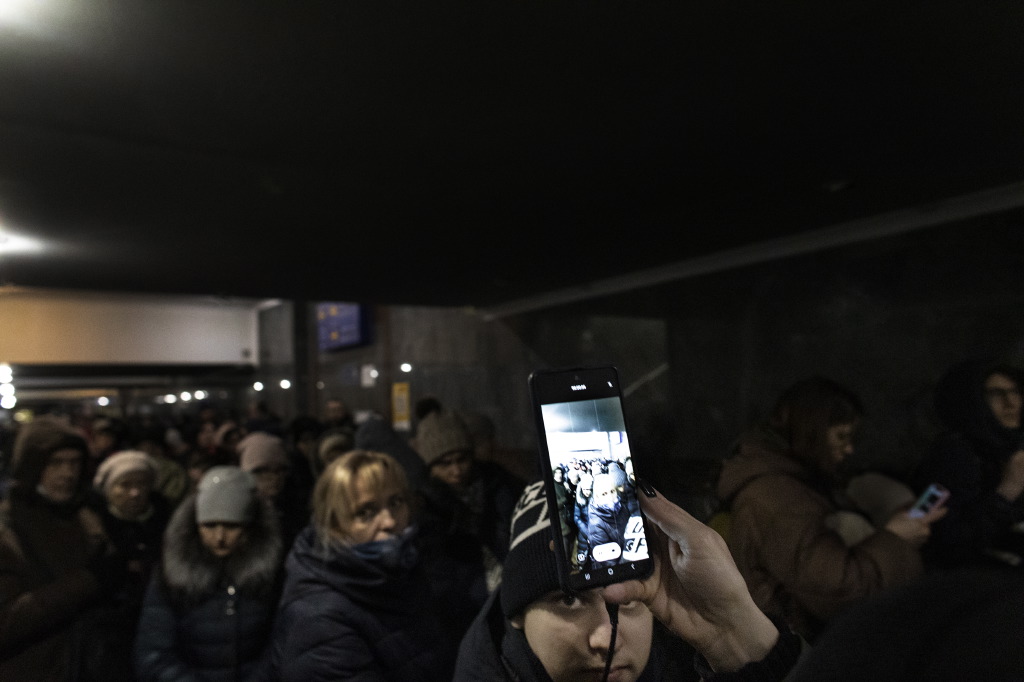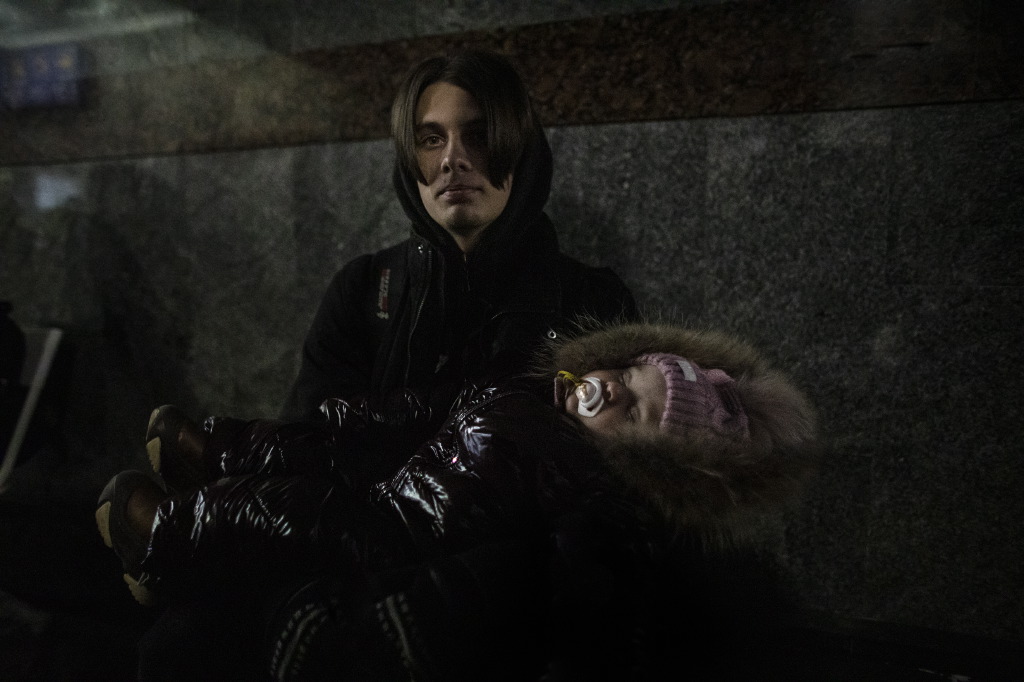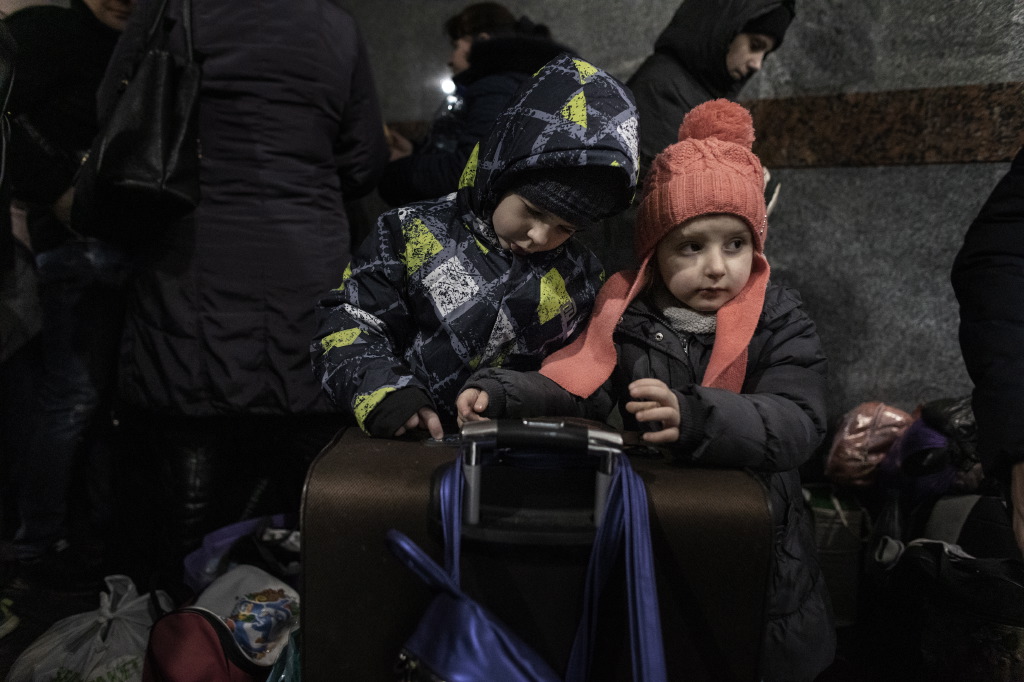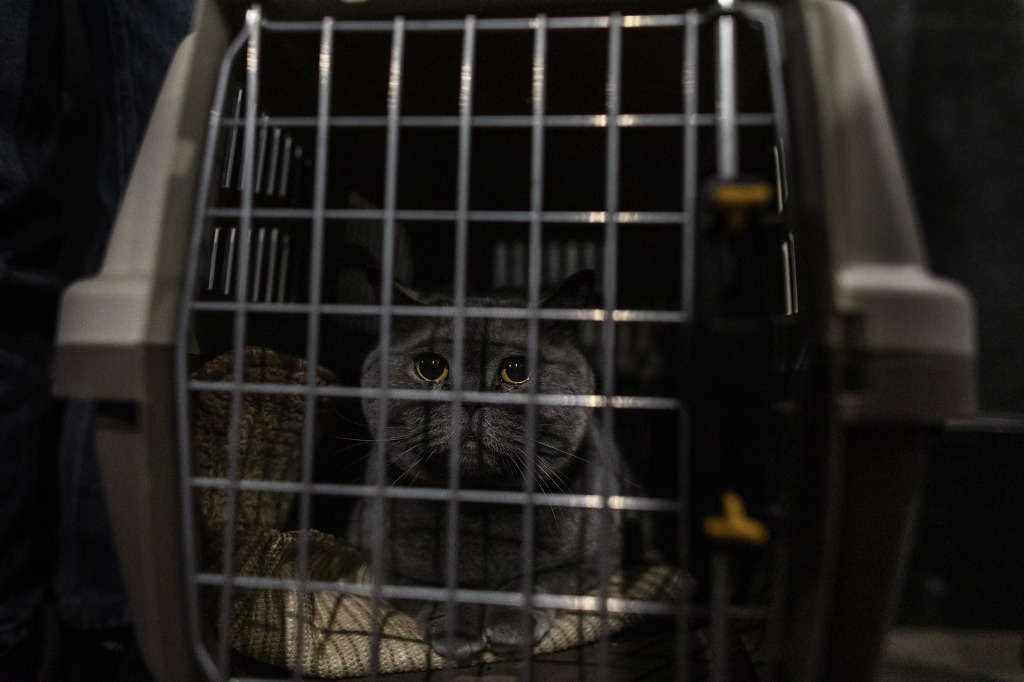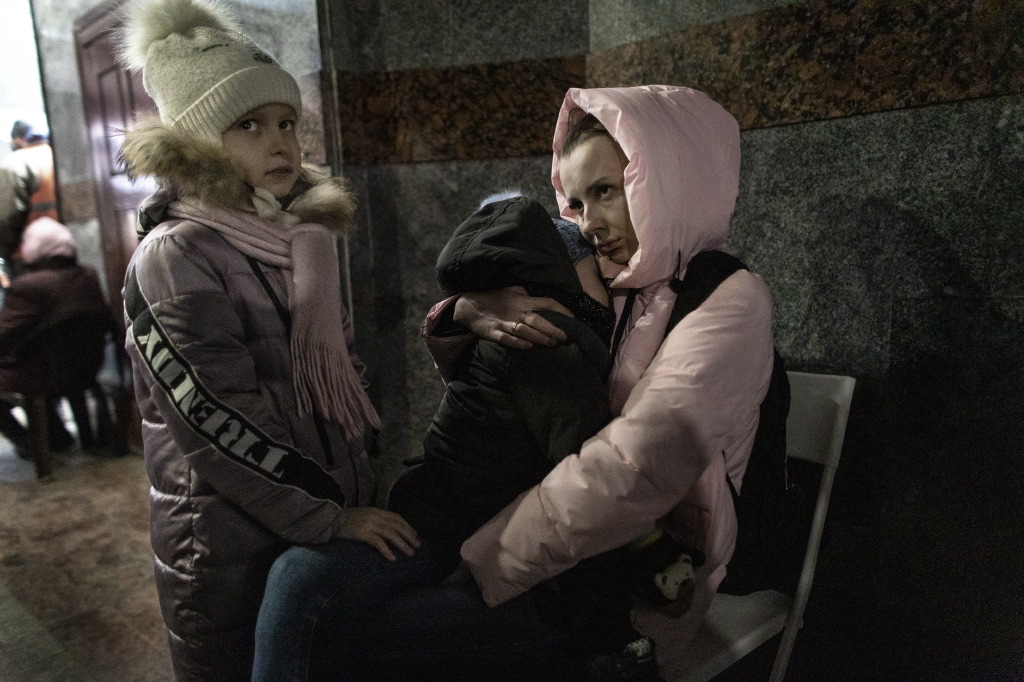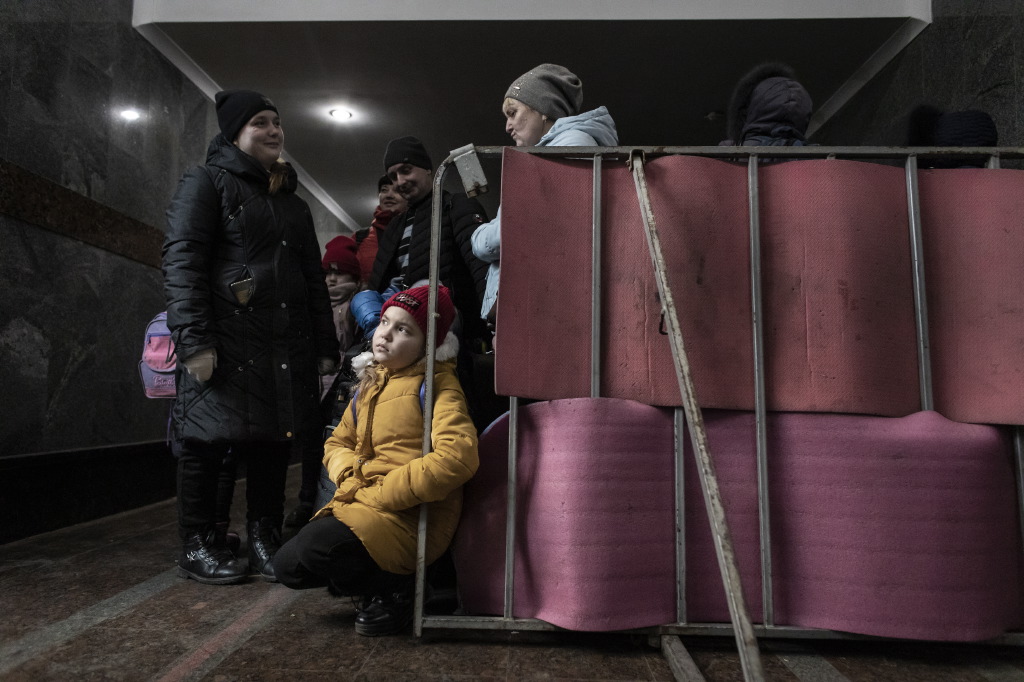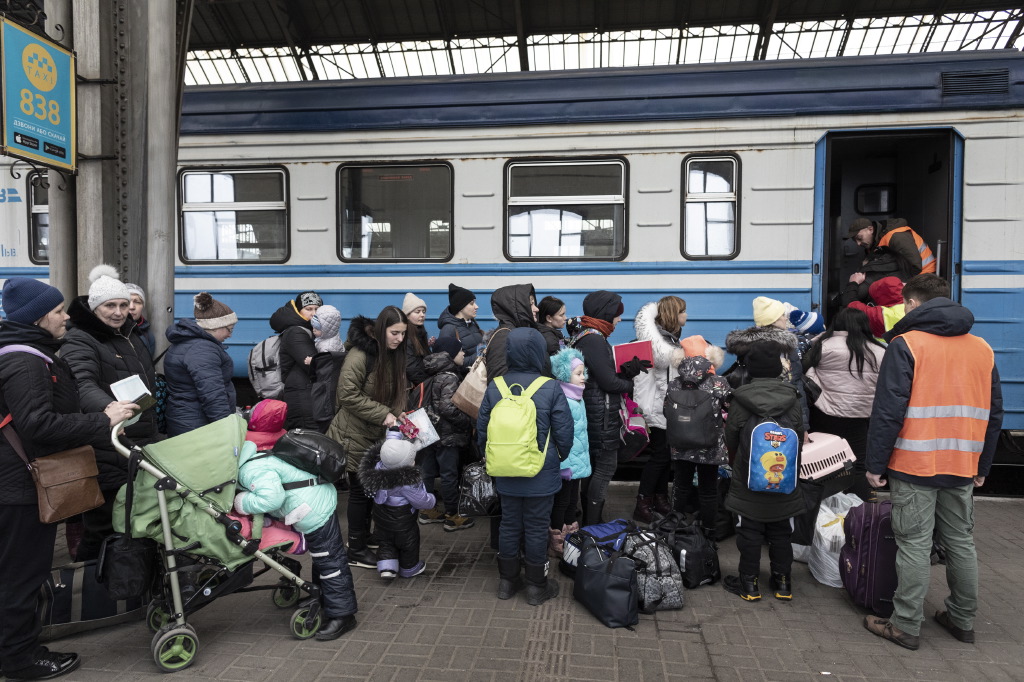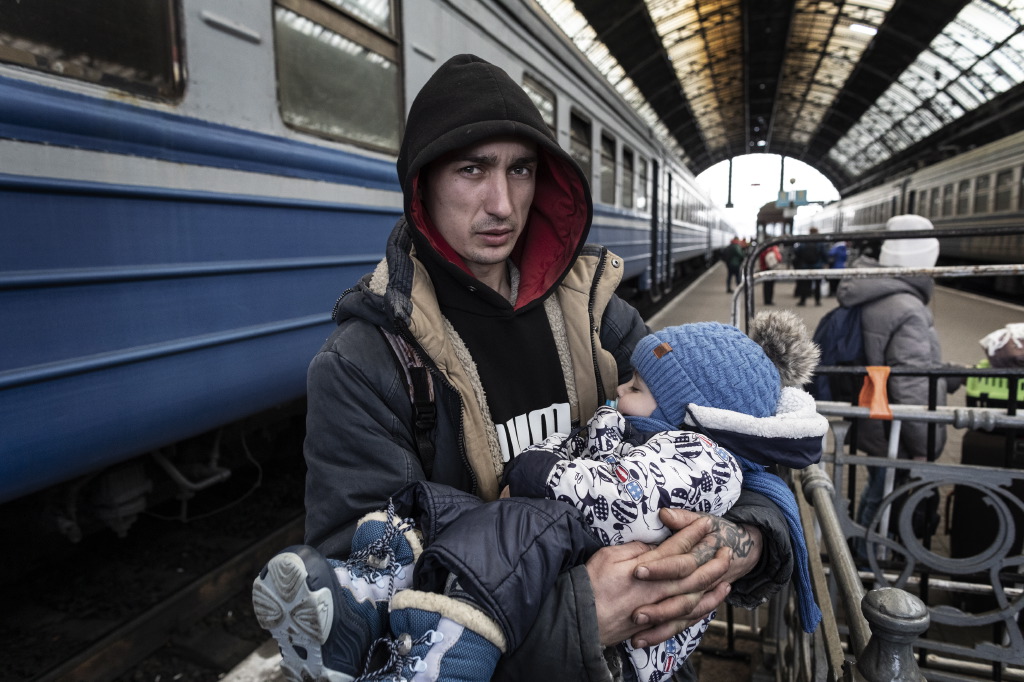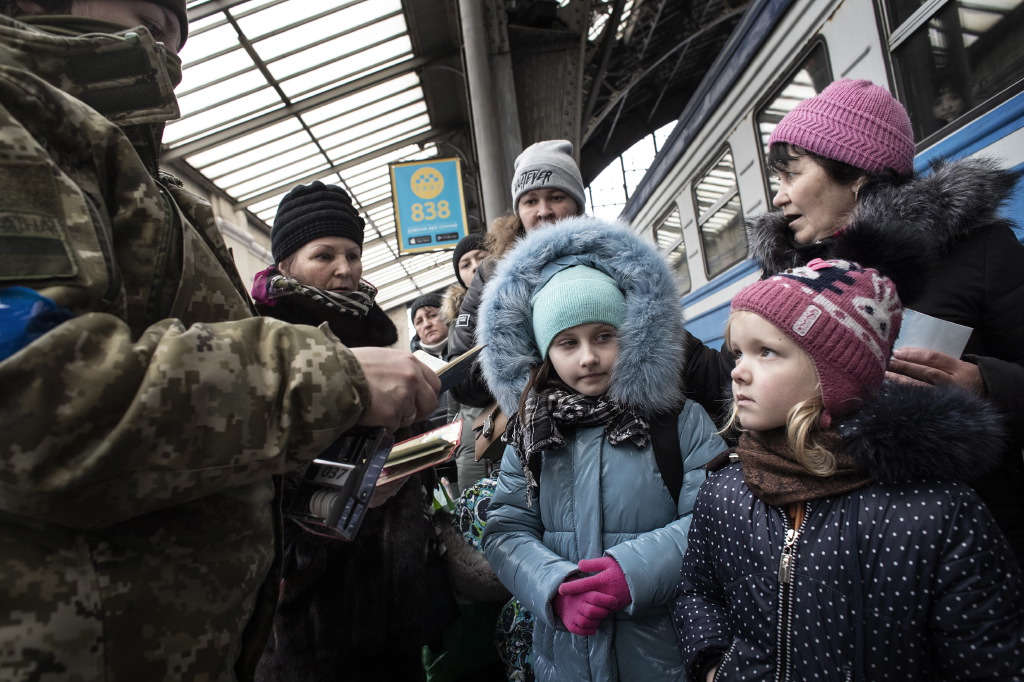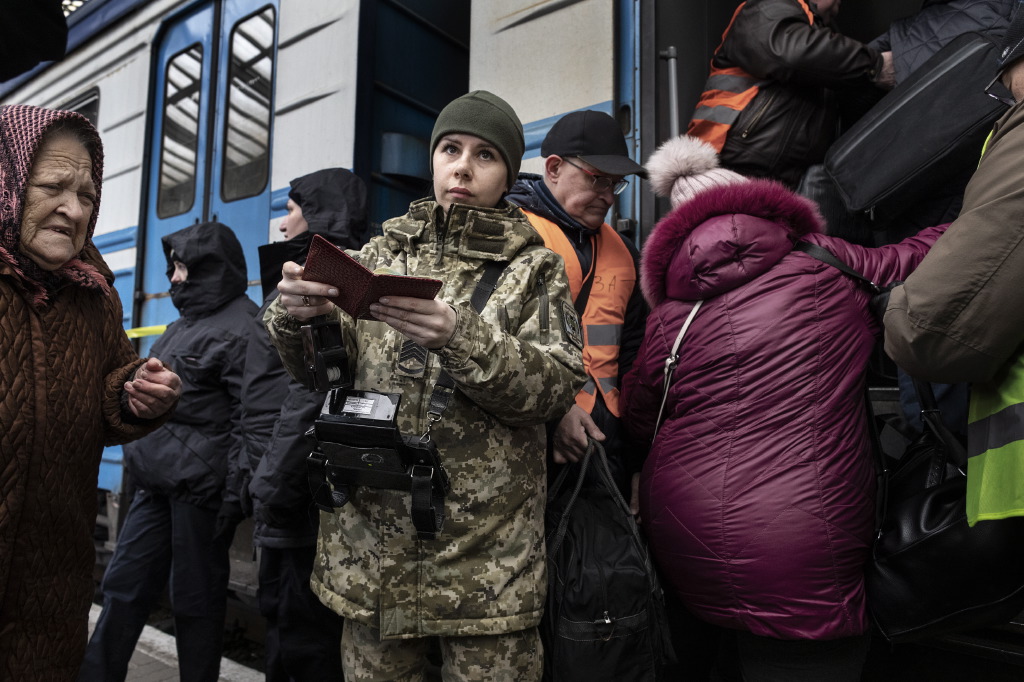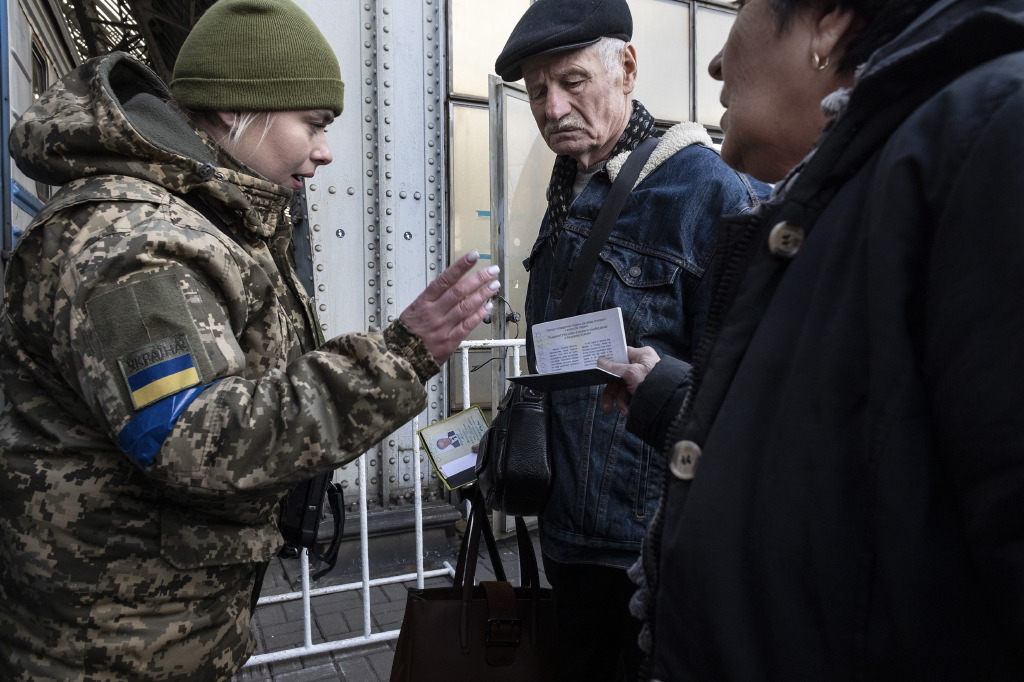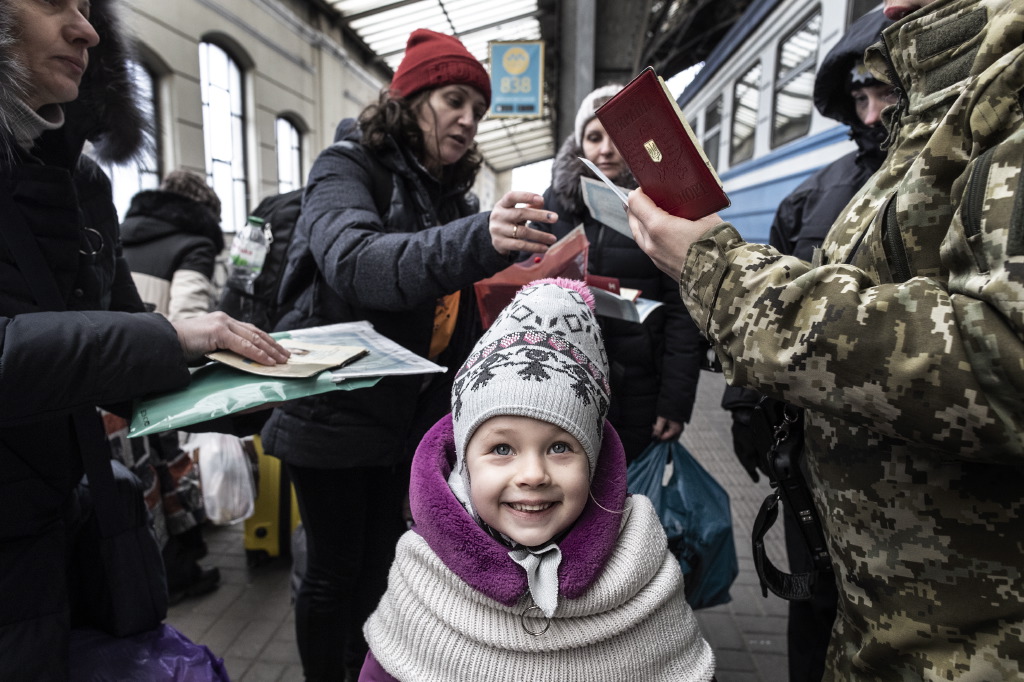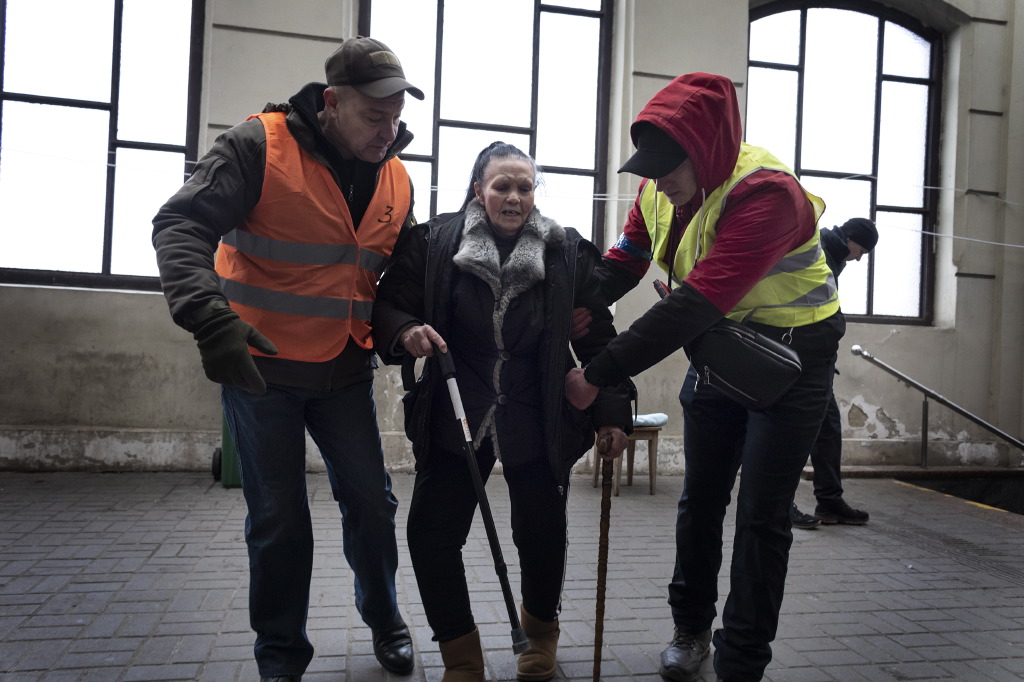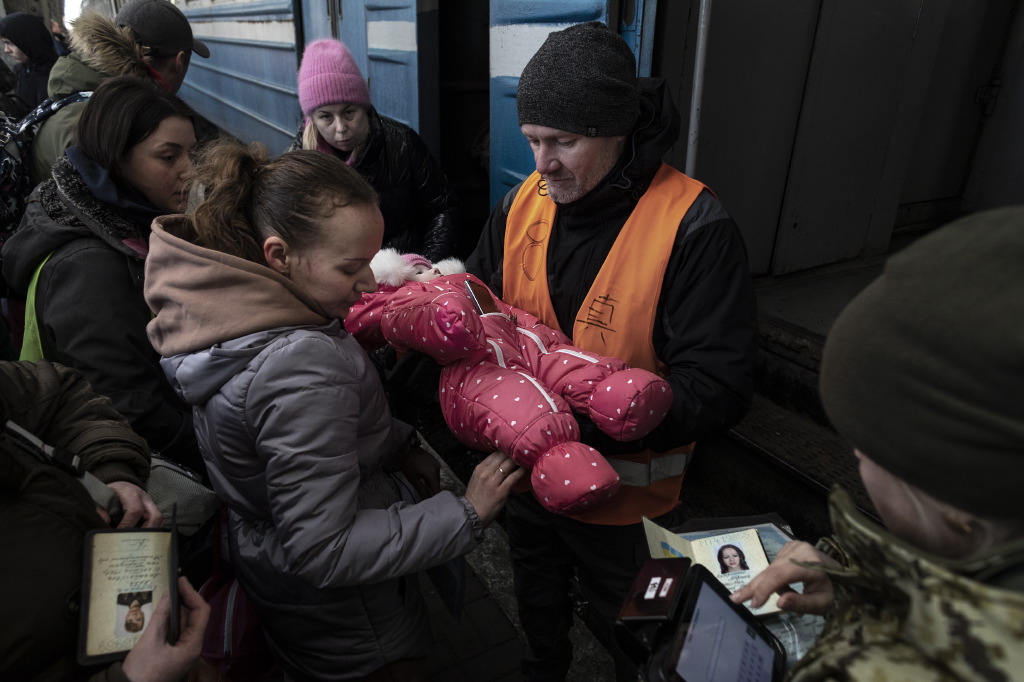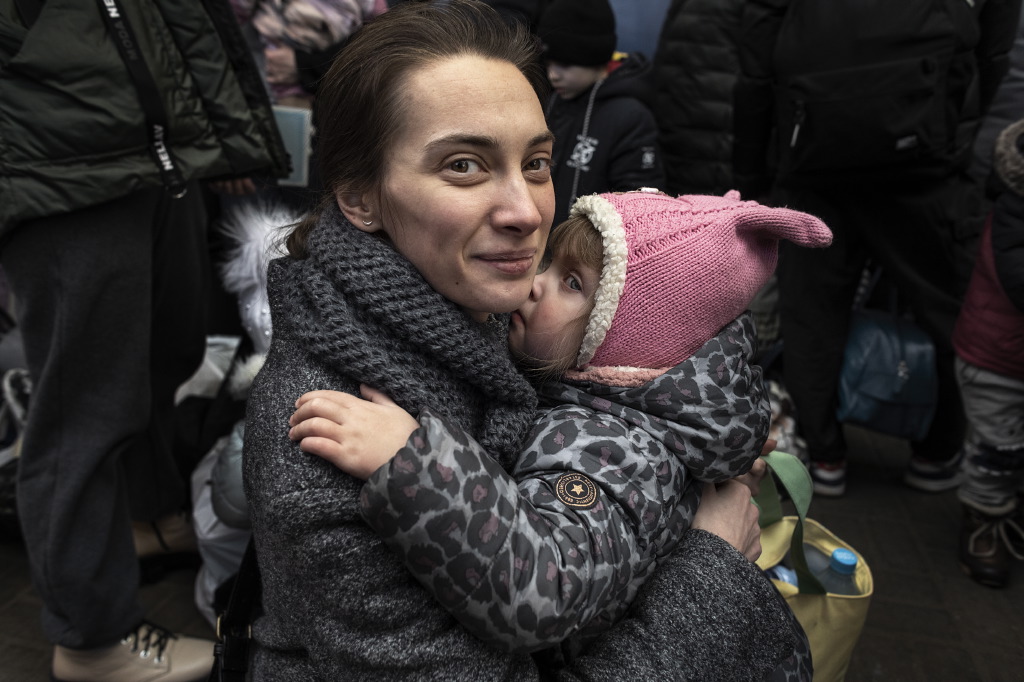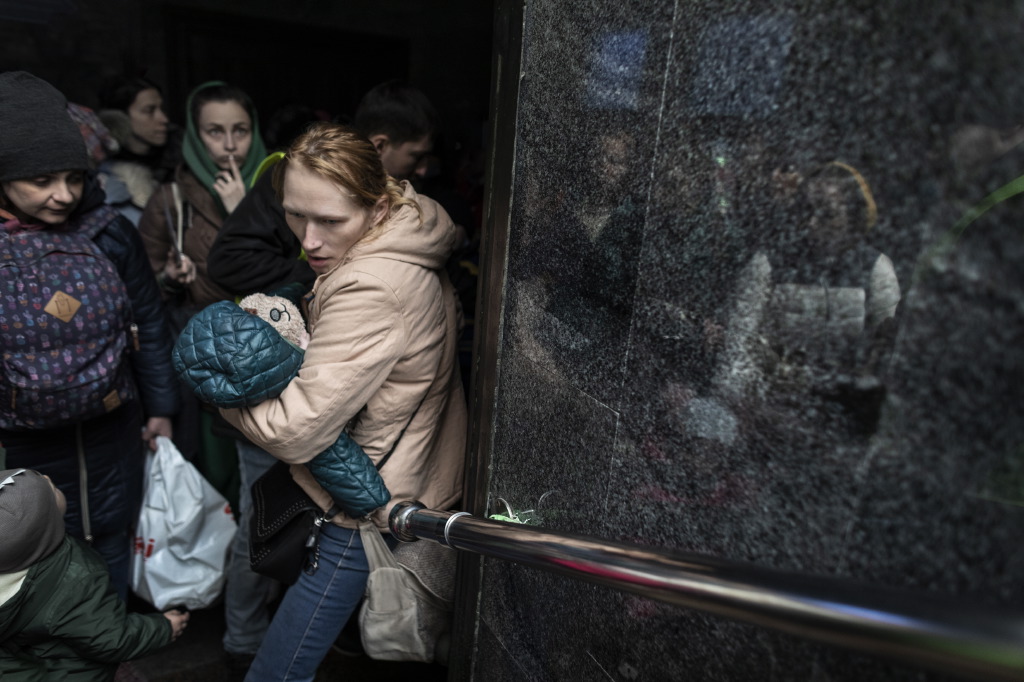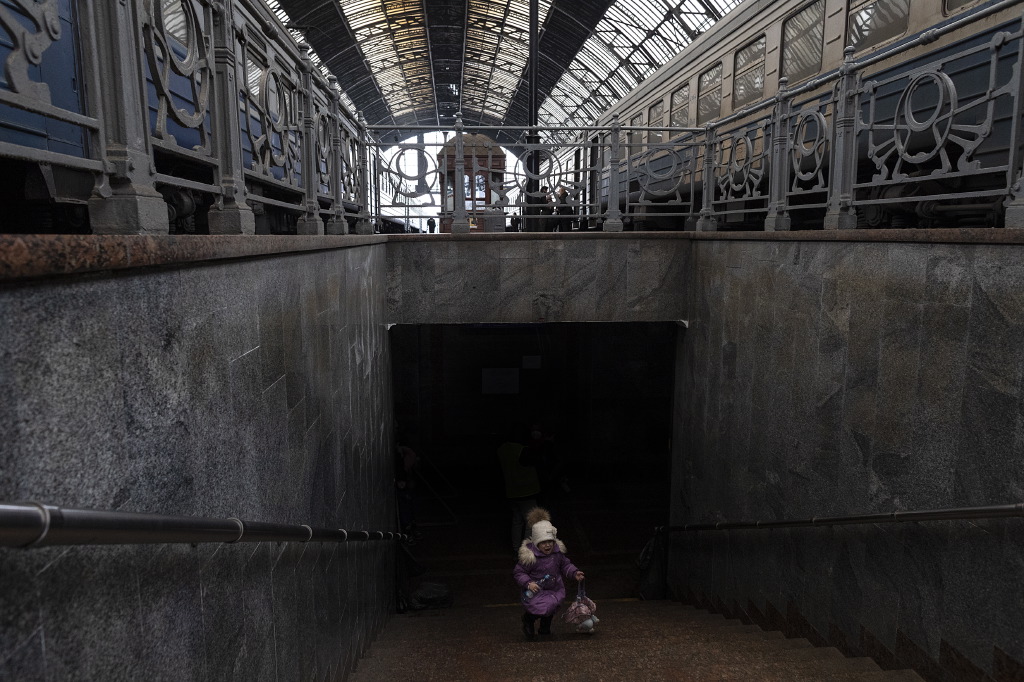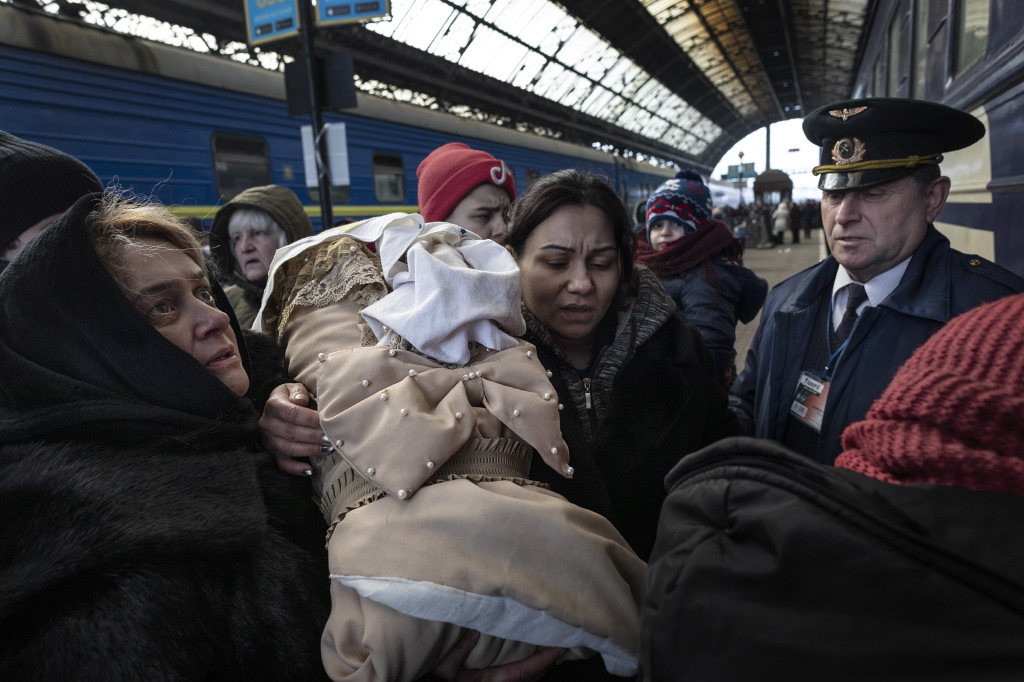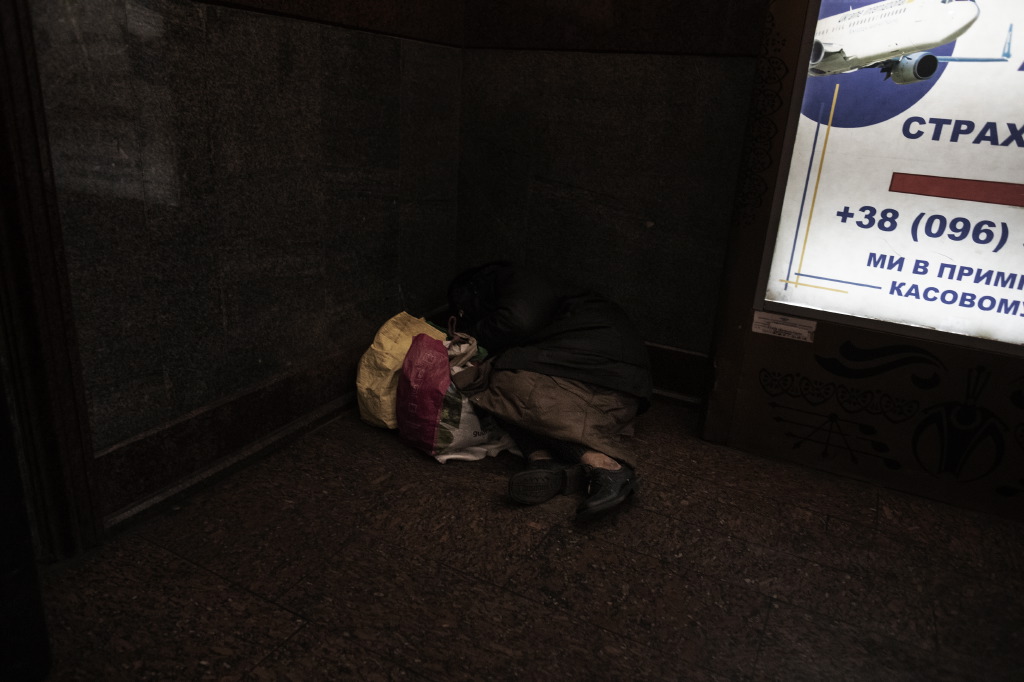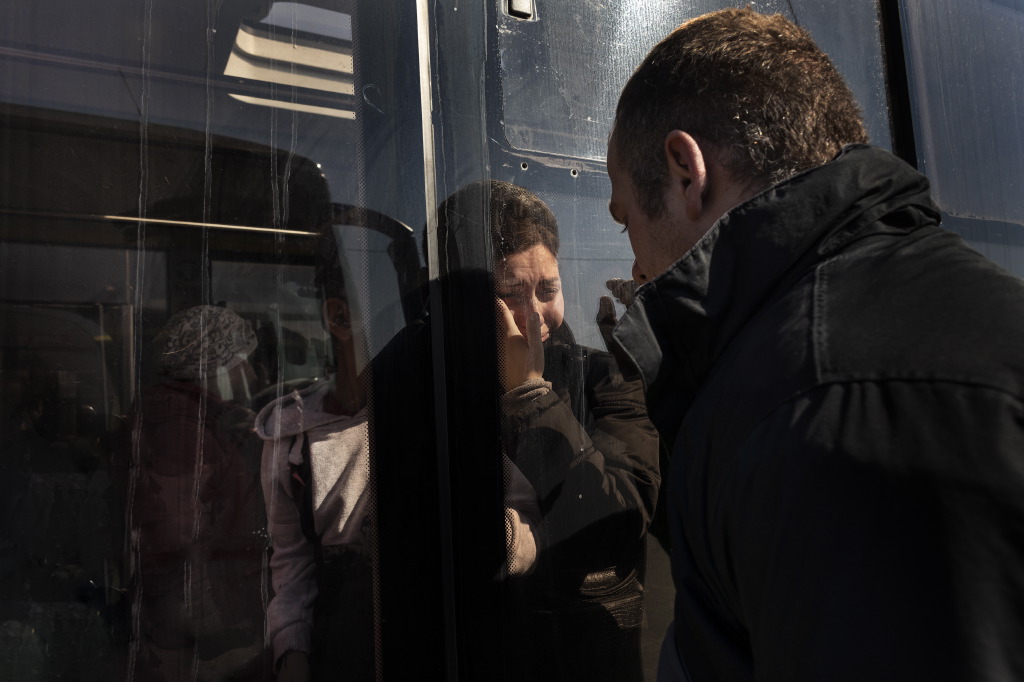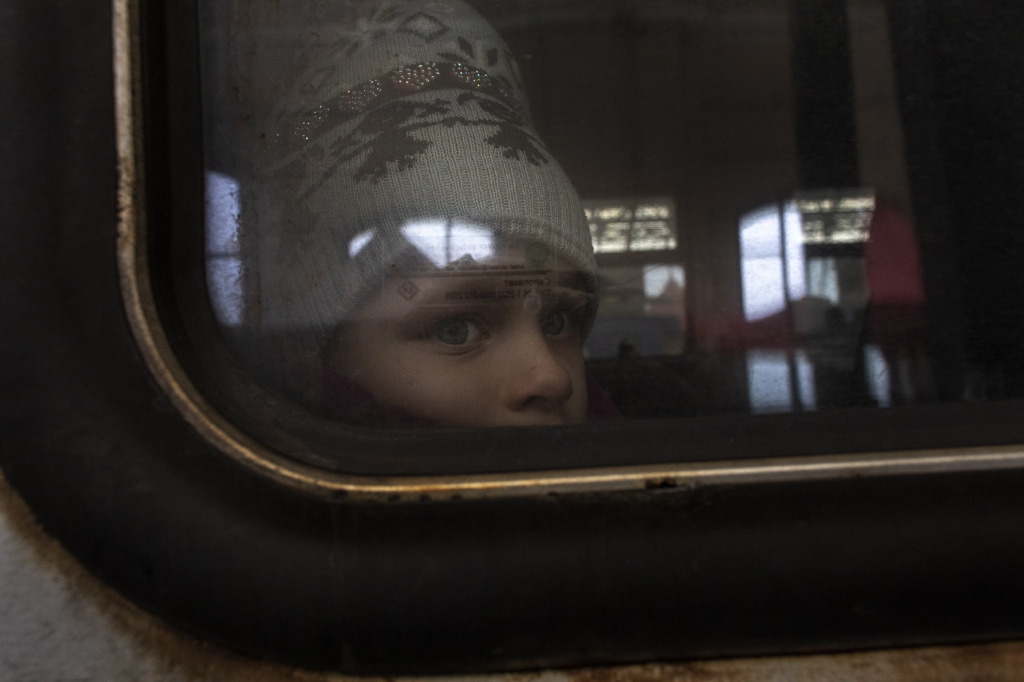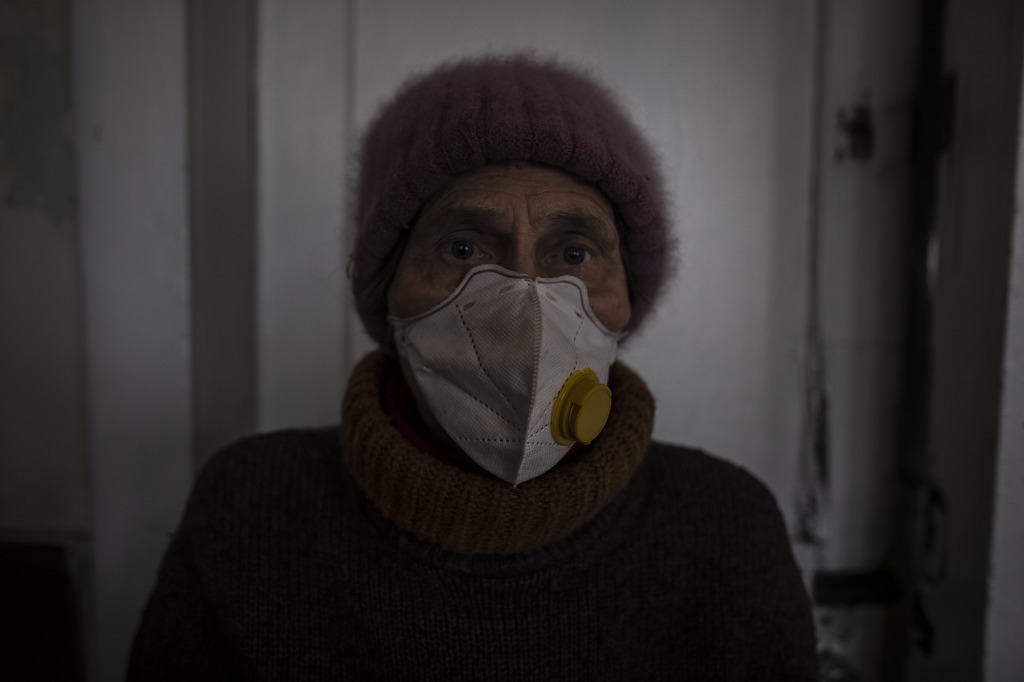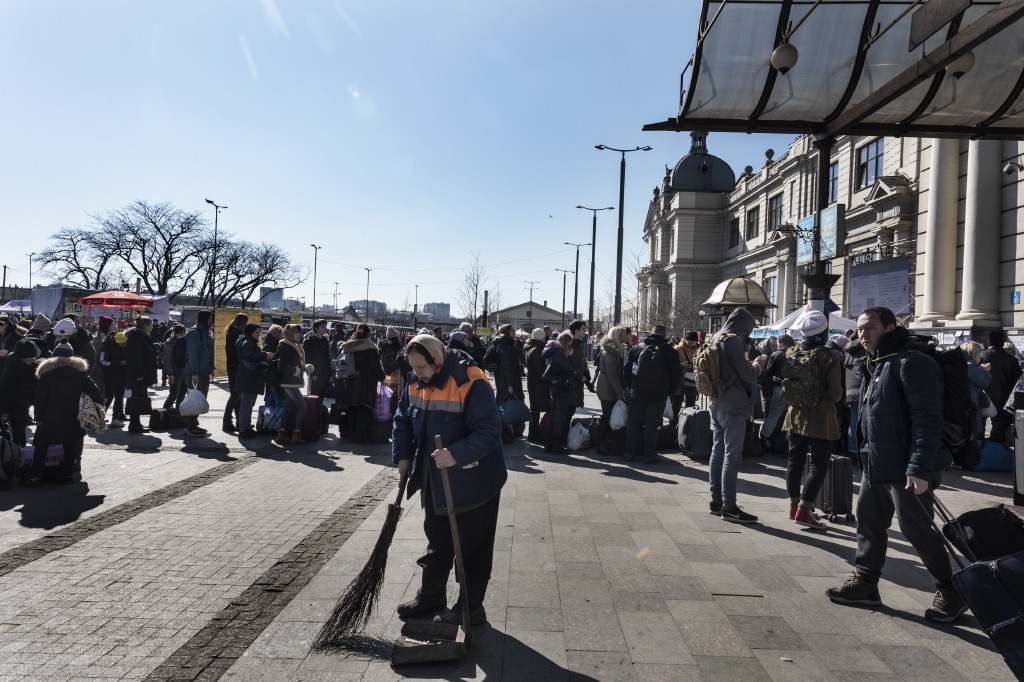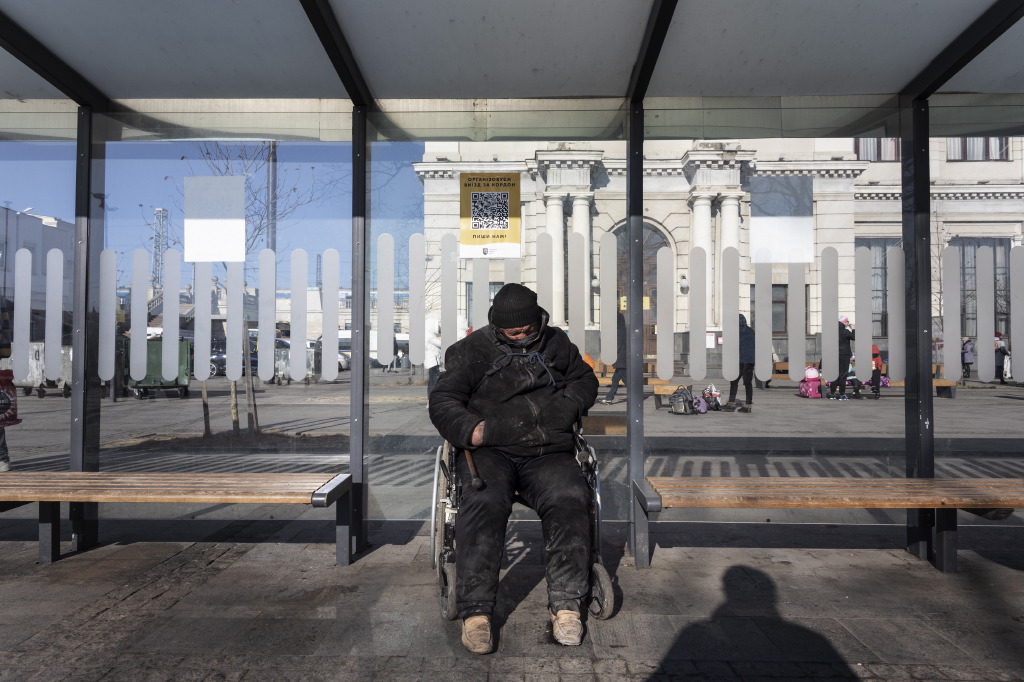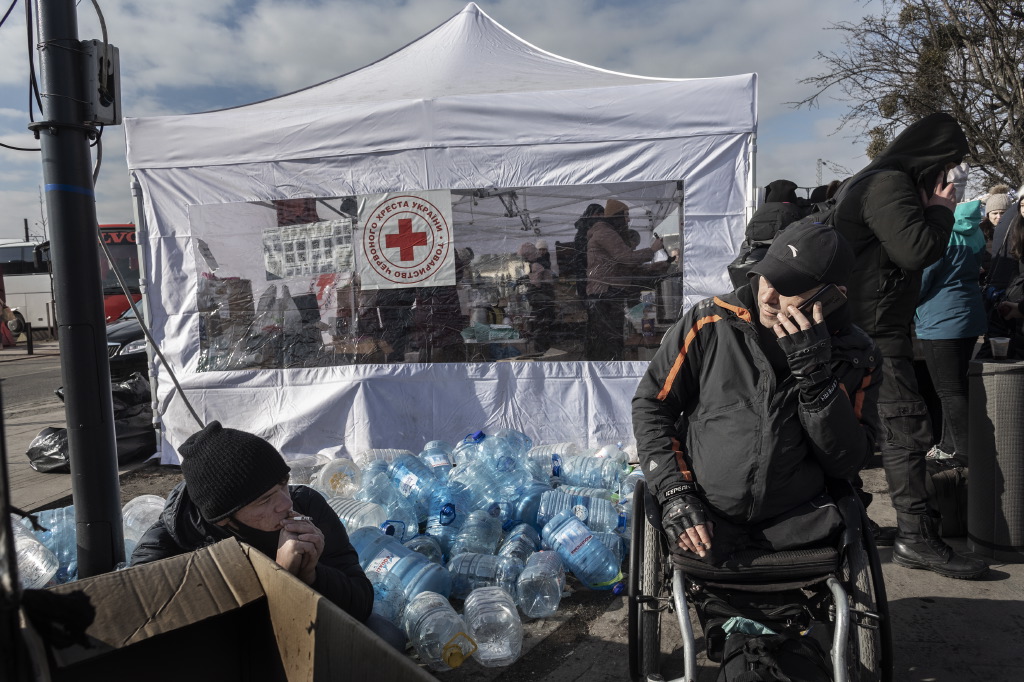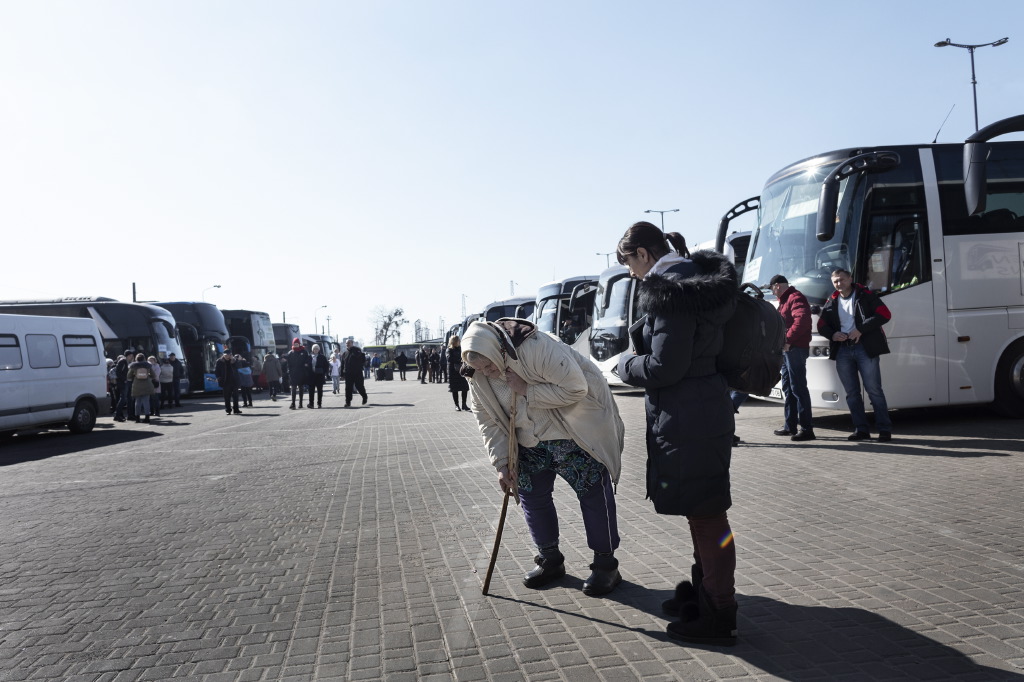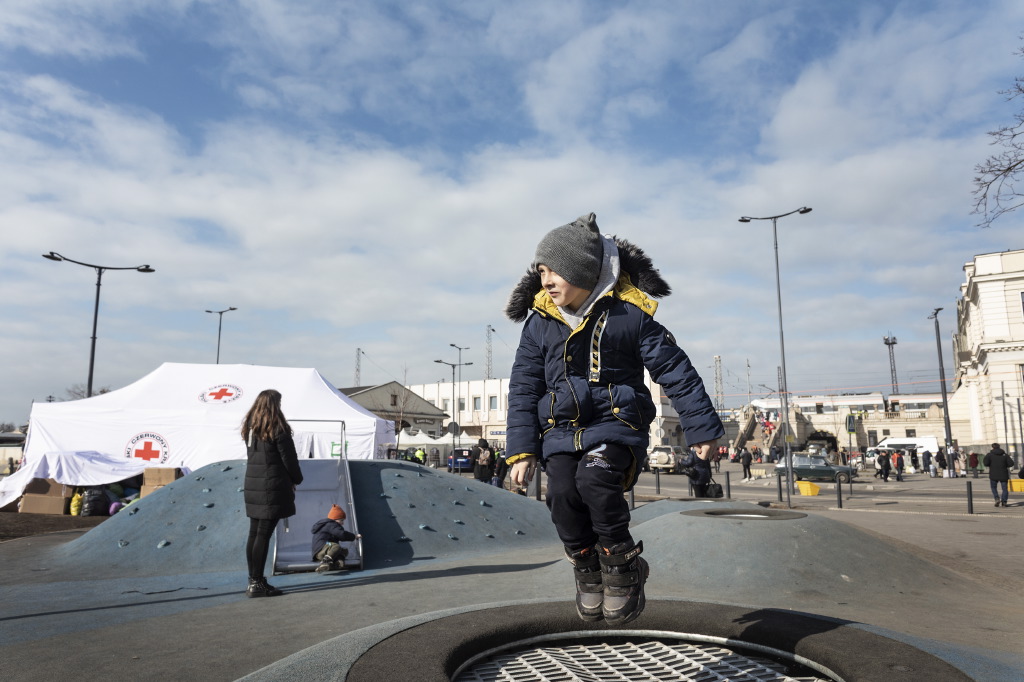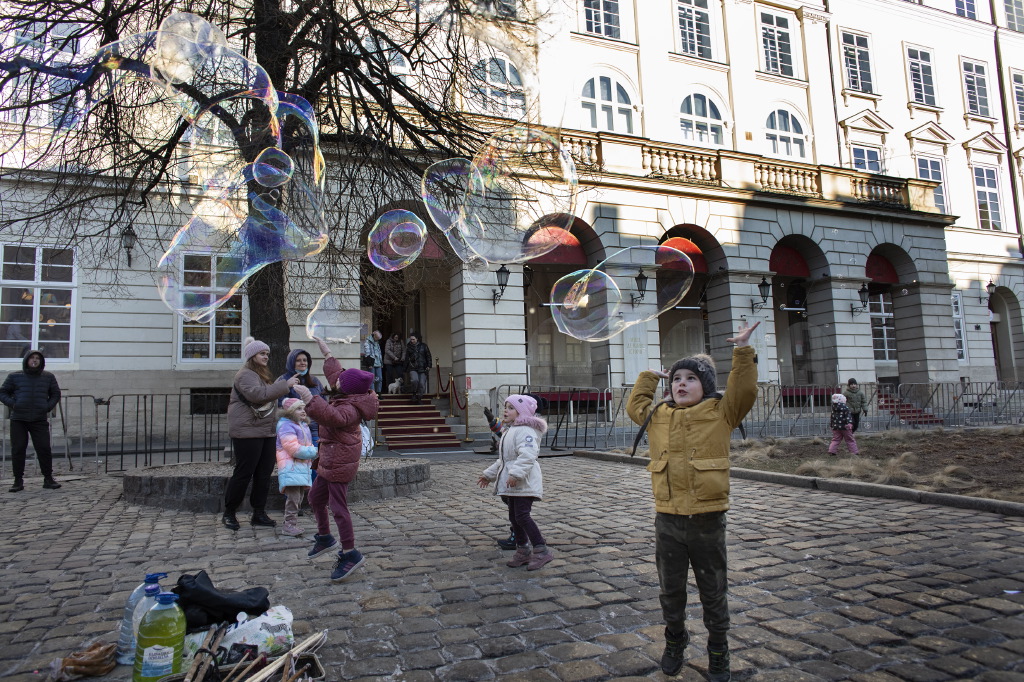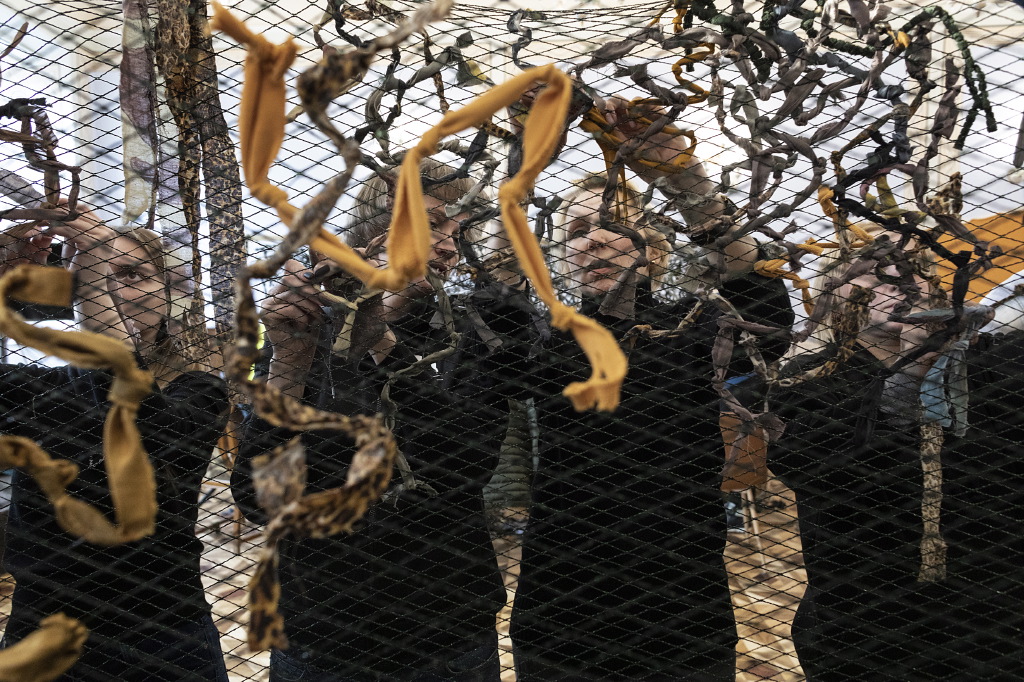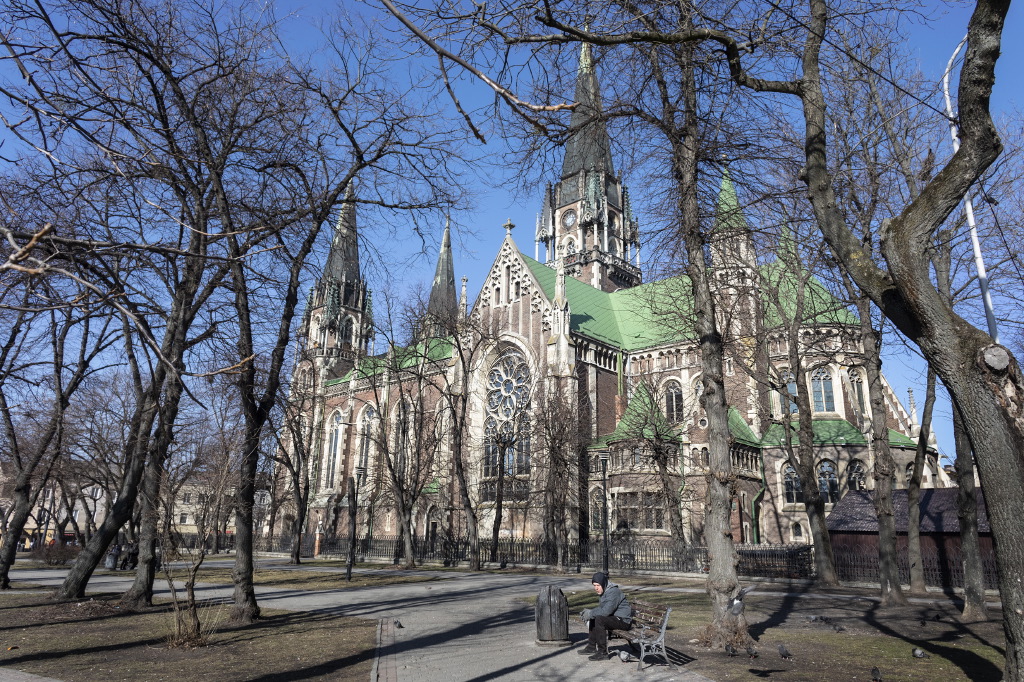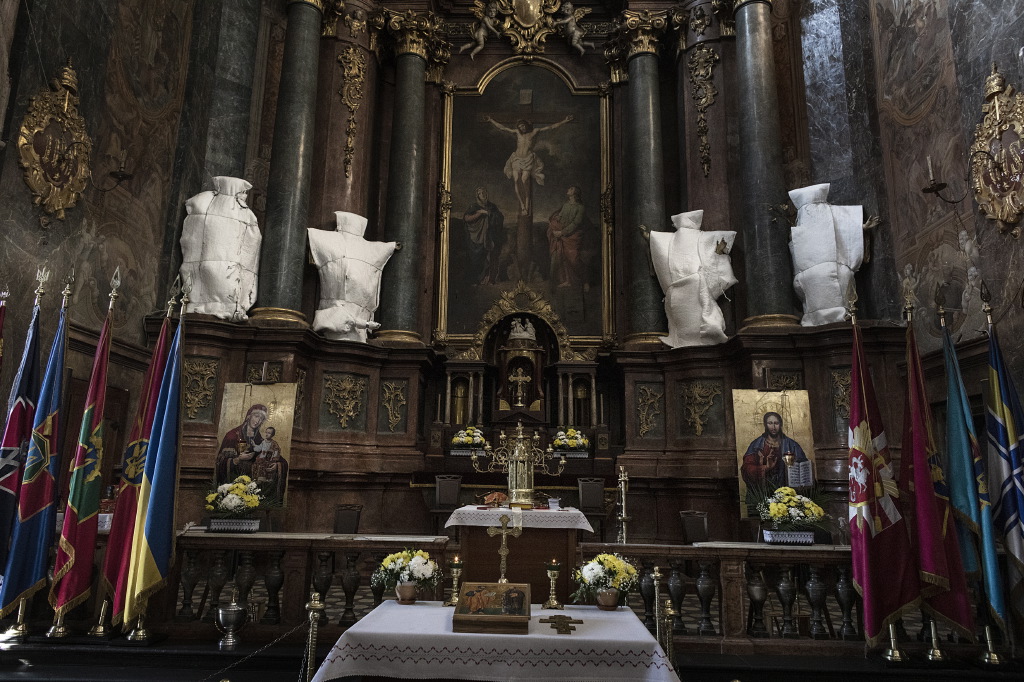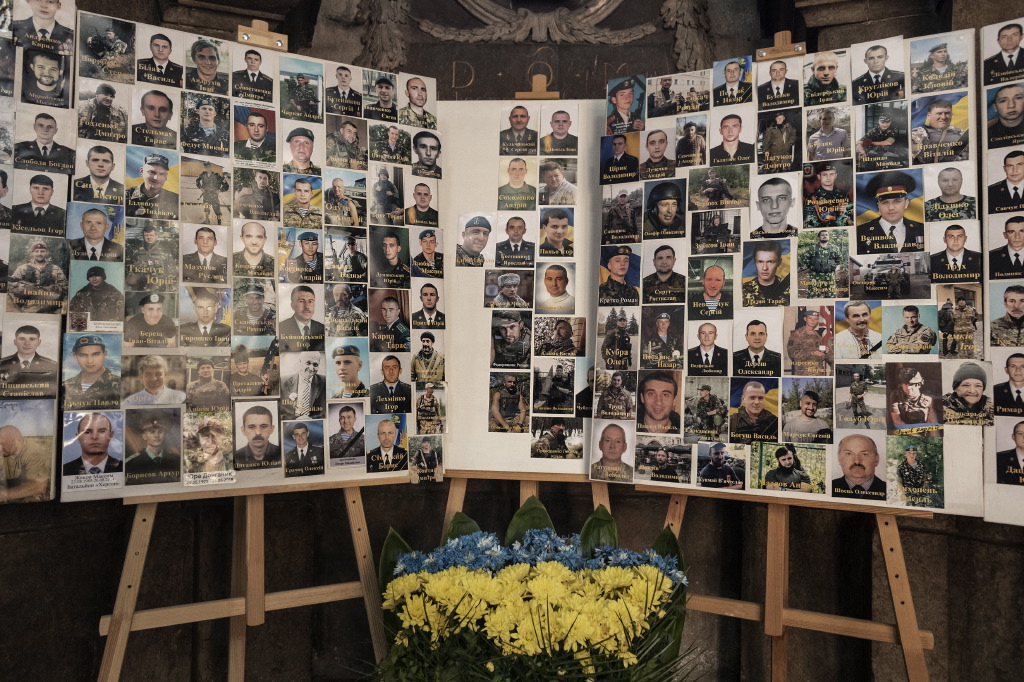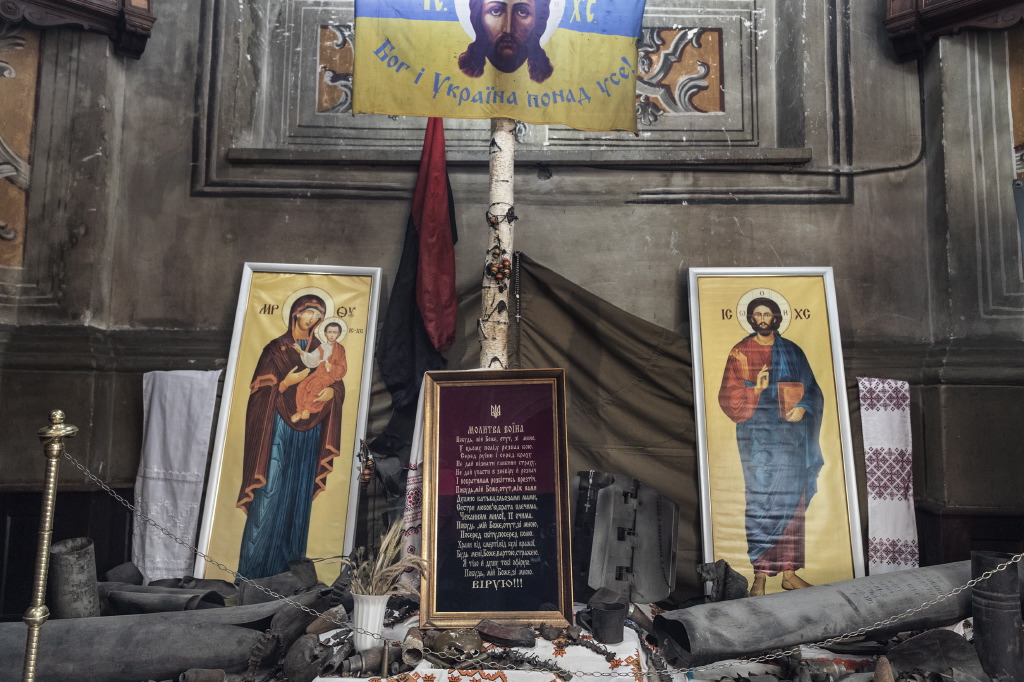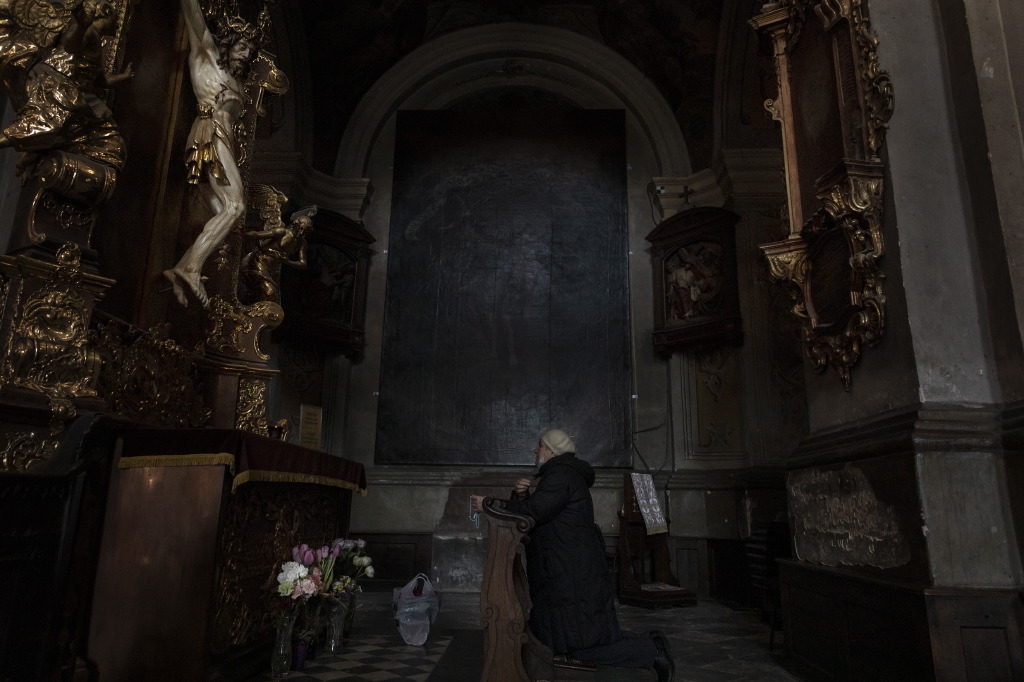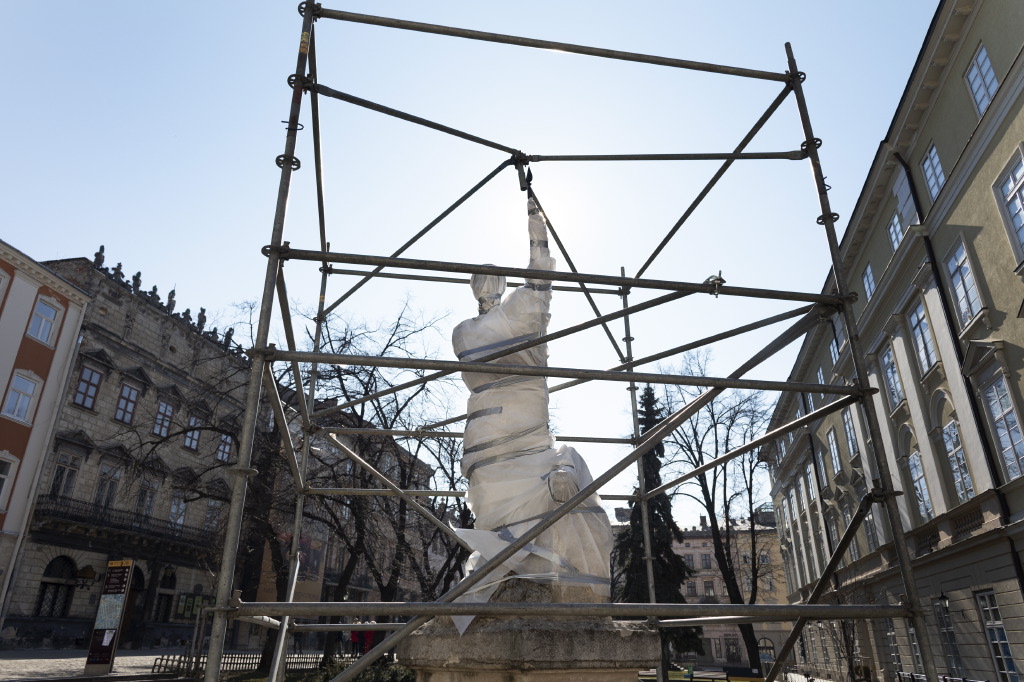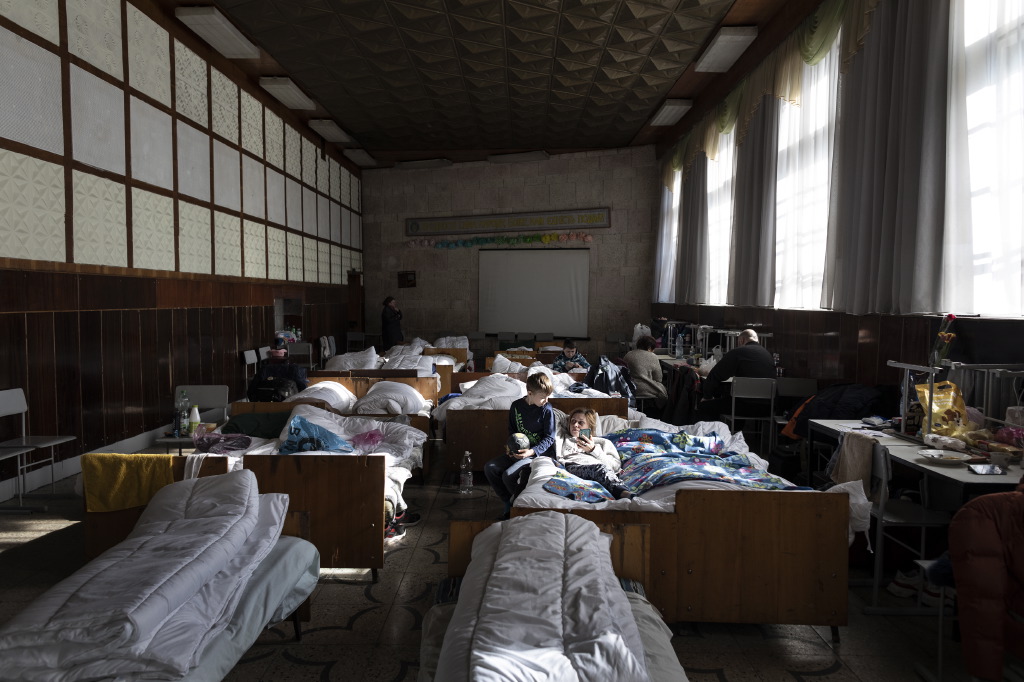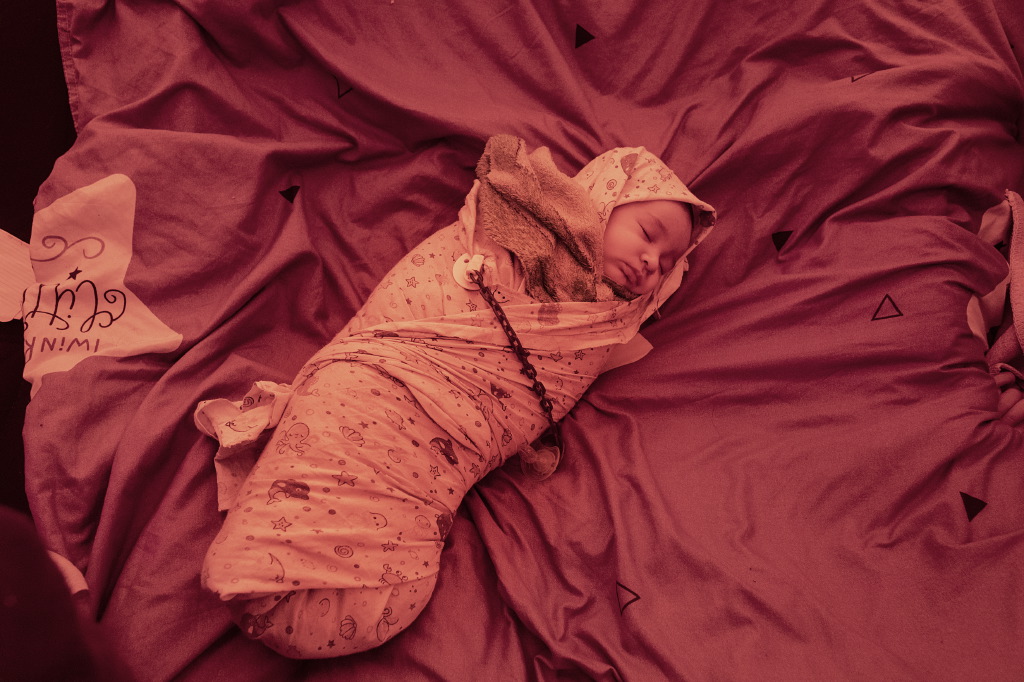X
The future of Ukraine is being played out on platform number 5 of the Lviv station, the city on the border with Poland and the most European Ukrainian city (725,000 inhabitants). The capital is the symbol of the resistance against the Russian invader; the Lviv platform, from which the trains to Poland depart, is the path that leads hundreds of thousands of women and children, families of combatants, to safety. Convoys from all over the country arrive non-stop at the magnificent style station Art Nouveau Inaugurated in 1904 under the reign of Emperor Francisco José I. The monumentality of the building dwarfs the humanitarian catastrophe that it houses these days. More than half of the 2.5 million refugees from Ukraine, according to the UN, have crossed into Poland, the vast majority from Lviv. Every day that passes, the displaced from the front arrive in greater numbers. On the platforms, however, a surprising calm prevails, while thousands of people crowd outside. Over the days, the order and distribution of the crowd has improved. The authorities have managed to keep the platforms clear. In the queues there are hardly any discussions despite the fact that the wait can be more than 24 hours. On the walls of the station there are many announcements and instructions for those who arrive in Lviv: a notice reminds men that they must register at the Army offices and that they cannot leave Ukraine. A note summarizes the two options (by bus or by train) that women have to continue to the border with Poland, 70 kilometers away. Taking the train has an advantage over the bus: it can disembark the refugees directly at the Polish station in Przemysl. Traveling by bus means spending at least one day inside the vehicle and walking no less than two hours to the line at the Shehyni border post, opposite Poland. (Text by Luca Catalano Gonzaga).
